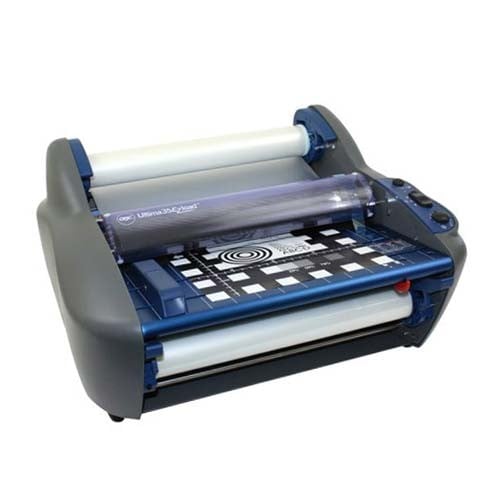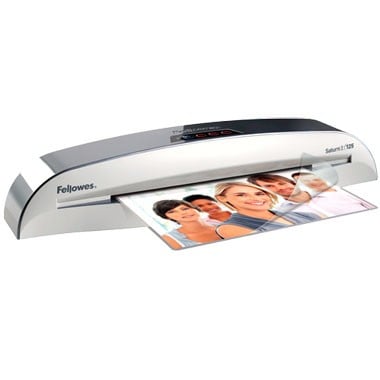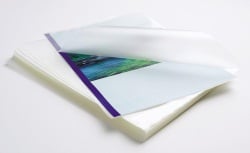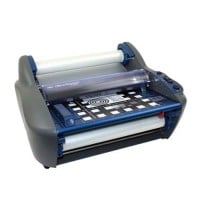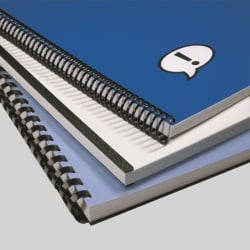MyBinding Knowledge Base
- Binding (248 Article)
- General Binding (42)
- Plastic Comb Binding (57)
- Fastback Binding (59)
- Perfect Binding (2)
- Modular Punching (8)
- Zipbind (3)
- Twin Loop Wire (13)
- Coil Binding (22)
- Thermal Binding (14)
- Strip Binding (1)
- VeloBind (4)
- Binding Covers (14)
- Proclick Binding (10)
- SureBind (4)
- Screw Post (2)
- Hole Punches (2)
- Staplers (4)
- Komtrak Insprial Binding (2)
- Paper (1)
- Rhin-O-Tuff (5)
- Binding Machines Comparison (17)
- Laminating (109 Article)
- General Laminating (26)
- Roll Lamination (16)
- Pouch Lamination (36)
- Pouch Board Laminator (3)
- School Laminator (3)
- Foil Laminating (3)
- Royal Sovereign Laminators (10)
- Laminators Comparison (3)
- Boards (11 Article)
- Bulletin Boards (3)
- Whiteboards (5)
- Chalkboards (1)
- Paper Shredders (44 Article)
- General Shredding (35)
- Industrial Shredders (1)
- Cross-Cut Shredders (2)
- Cardboard Shredders (1)
- Multimedia Shredders (1)
- Personal Shredders (1)
- High Security Shredders (2)
- Ring Binders (9 Article)
- Specialty Binders (2)
- Reinforced Paper (1)
- Health Care Punched Paper (1)
- Perforated Paper (2)
- View Binders (1)
- Index Tabs (9 Article)
- Index Tab Dividers (2)
- Copier Tabs (4)
- Pocket Folders (1)
- Custom Index Tabs (1)
- Pre-Printed Index Tabs (1)
- Paper Handling (37 Article)
- Paper Folders (9)
- Paper Joggers (2)
- Guillotine Cutters (4)
- Rotary Trimmer (3)
- Electronic Paper Cutters (1)
- Corner Rounders (2)
- Paper Scoring (2)
- Paper Drill (2)
- Booklet Makers (3)
- Stack Cutters (1)
- Paper Handling Equipment Comparison (5)
- ID Accessories (12 Article)
- Badge Holder (1)
- Lanyards (8)
- Badge Reels (1)
receive
$5off
*On order $25 or more.
What should I know about binding covers?
When you’ve finally finished writing, editing, and printing out your document, the time has come for you to choose an appropriate cover for it. There are a few things you’ll want to consider when picking out your cover so you’ll be able to choose the one that’s just right. Let’s take a look at them.
1.) Size. One of the most important considerations is size. Obviously, you wouldn’t use a half-letter size cover for a letter-sized document and vice versa. Generally speaking, the one you choose should correspond with the size of your document’s pages unless you want to utilize index tabs or desire the elegant look rounded corners offer. Those situations will warrant the use of a slightly larger cover, so try to remember that.
2.) Color. Another thing to think about is color. There are a lot to choose from and unless your work is for personal or creative use, a professional-looking hue is probably the best choice. This is especially true if your company is producing a lot of documents that are going to incorporate your company’s name and logo. Choosing complementary colors is a great idea, especially if you’re binding your work with a plastic comb or wire or spiral binding element. You don’t want the colors to clash because that wouldn’t look very good and it will distract from the content of your work.
3.) Paper weight. The weight of the cover you choose matters to some extent. A lot of the ones you can choose from are pretty thick and range from 65 lbs. to 200 lbs. in weight. (A typical piece of paper has a 20 lb. weight.) The weight matters because you want to choose something that’s durable so the contents of your book will stay in great shape. (A more durable stock ensures that your work will look good for a long time no matter how often it’s handled.) Just keep in mind that you should choose a weight that will give your work the protection it needs while still being able to be run through your printer, if necessary.
4.) Texture. A lot of the covers you can buy are perfectly smooth although there are other textures available. These include leatherette (which looks and feels like leather), linen, and so on. Using textured supplies can make your work stand out, so they’re definitely worth some consideration.
5.) Customization. Finally, you can order customized covers if you want. Some of the options you can choose from include foil printing (which is great for your company’s name and the title of your work), windows, and offset printing to name a few. If you choose to go this route, the possibilities are endless and you’ll undoubtedly create memorable documents. There are also several options when it comes to binding your reports and presentations:
- Plastic Comb Binding: Comb bindings utilize 19 plastic rings that insert into corresponding rectangular holes on the edge of your bound document.
- Spiral Coil Binding: Coil bindings consist of a continuous coil that spirals through the holes in the paper. This type of binding is plastic or and is available in more than sixty different colors.
- Twin Loop Wire Binding:Also called double loop wire or wire-o, twin loop wire is made from a single piece of wire formed into a double loop. These wires are shipped in a C shape and are closed into a round shape using a twin loop wire closer.
- Velobind: Sometimes called strip binding, Velobind uses a thin plastic binding strip that is applied to the edge of the document. Velobind can be applied using a hot knife Velobind system that rivets the strips in place or using recloseable Velobind strips that snap into place.
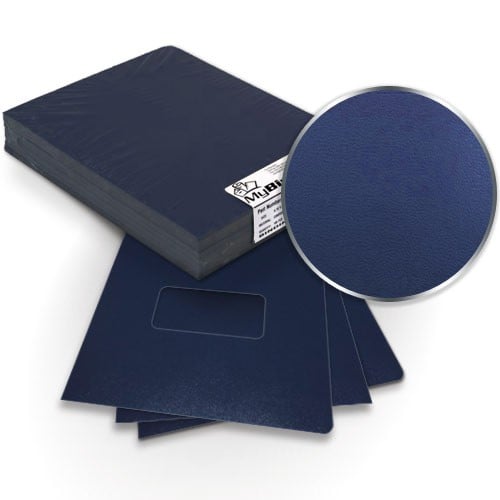
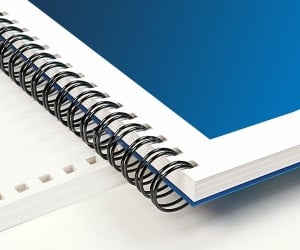
< Over the years, a number of customers have asked me whether they can use twin loop wire with their plastic comb binding machine. These customers often don’t want to have to buy a brand new machine but like the look and feel of twin loop wire binding. However, the answer to their question isn’t as simple as it seems. You see, they actually do make twin loop wire that is designed to work with the plastic comb binding hole pattern. With that said, if you want to use these wires you are going to need a way to close the wires. What is Spiral-O Wire? Let me explain a little bit more…There is a product that we carry called Spiral-O Wire. This wire has 19 loops and is designed to work with the hole pattern from a plastic comb binding machine. Spiral-O Wire is sometimes called Wire Combs or Ibico Wire and was originally designed for use with some of the older Ibico binding machines. A number of the older Ibico plastic comb binding machines also included a twin loop wire closer on the front of them to allow users to use both plastic combs and wire. This 19 loop wire was designed for this purpose. What Equipment is Needed? As the Ibico brand has been phased out by GBC and all of the older Ibico plastic binding machines have been replaced with new models, they no longer have the twin loop wire closer on the front of them. This presents a problem in trying to use these spiral-o wires since you can’t use the wires without a way to close them. One of the only options left is to purchase a Twin Loop wire closer. However, since twin loop wire closers are not incredibly cheap this option usually only appeals to users who have larger electric plastic comb binding machines. Otherwise, it is often advisable to simply buy a low end 3:1 pitch twin loop wire binding machine (the supplies are cheaper). This being said, if you have one of the older Ibico binding machines that has a wire closer included you are in luck. The Spiral-O binding supplies that we carry will work perfectly with your machine and you will be able to use both plastic combs and wire depending on your needs. These Spiral-O binding supplies are available in Black, Silver, White, Blue and Red and in sizes up to 1″ in diameter. If you aren’t sure what type of wire binding supplies that you need to work with your machine simply give us a call. Our trained sales representatives will be glad to help you find the correct supplies for use with your machine.(Read More)
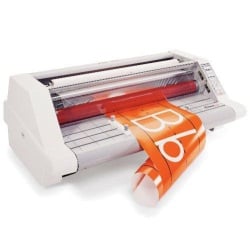

Loading...


